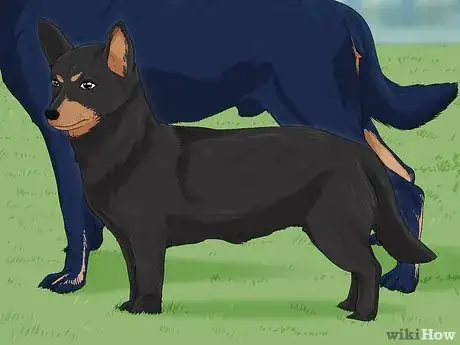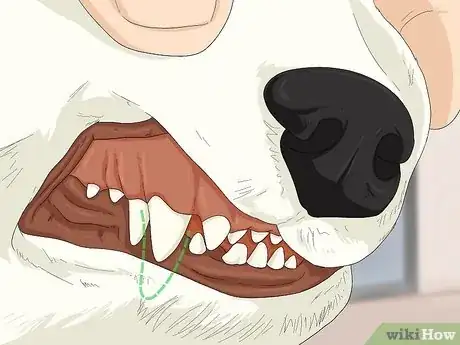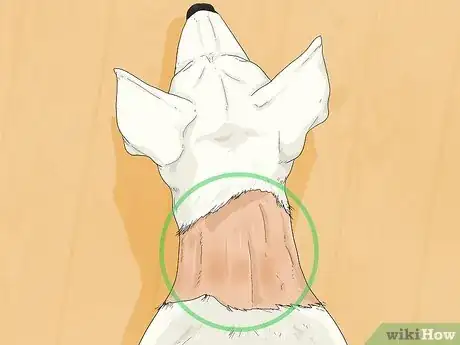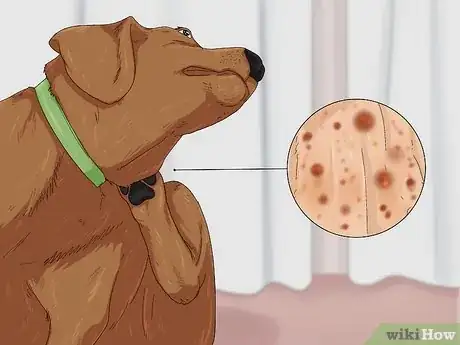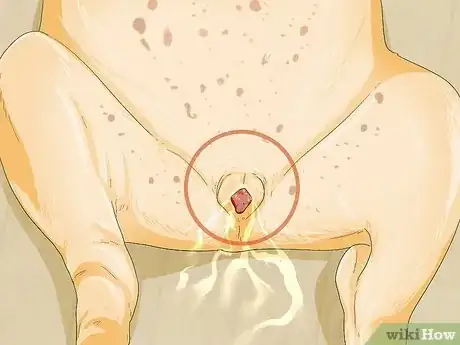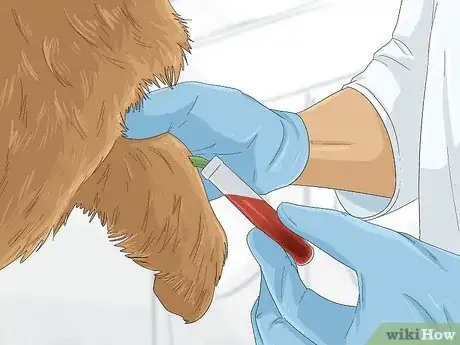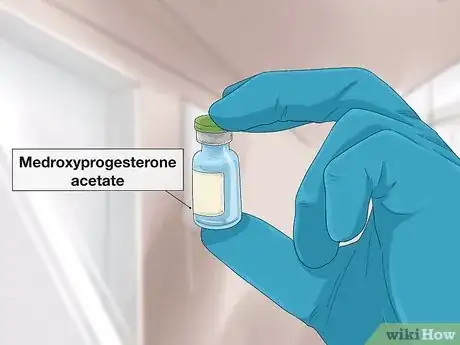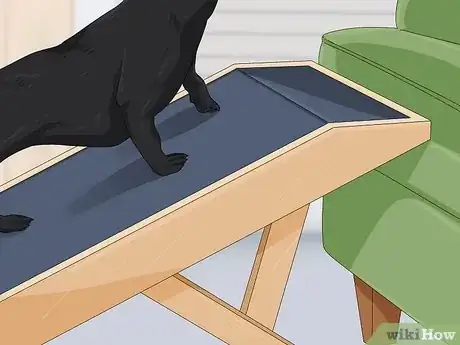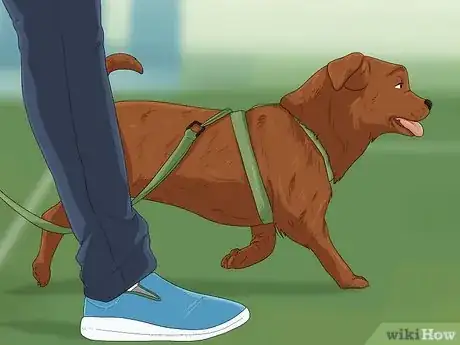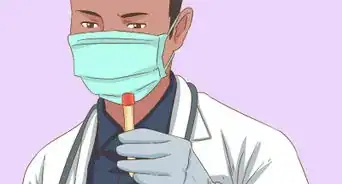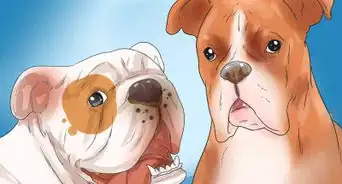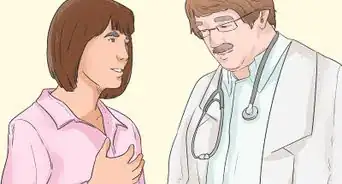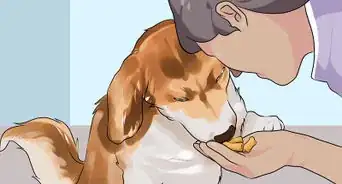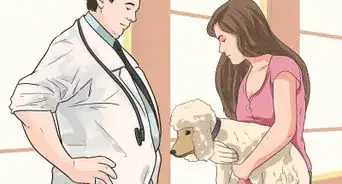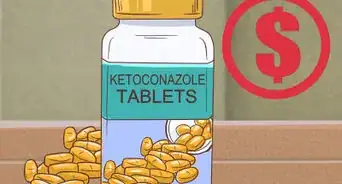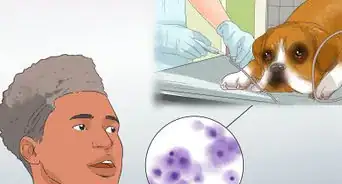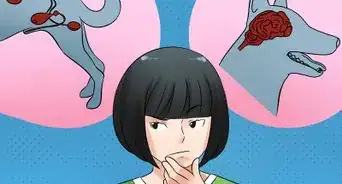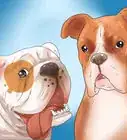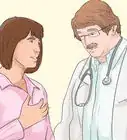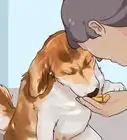This article was co-authored by Pippa Elliott, MRCVS and by wikiHow staff writer, Hannah Madden. Dr. Elliott, BVMS, MRCVS is a veterinarian with over 30 years of experience in veterinary surgery and companion animal practice. She graduated from the University of Glasgow in 1987 with a degree in veterinary medicine and surgery. She has worked at the same animal clinic in her hometown for over 20 years.
This article has been viewed 41,521 times.
Is your puppy growing slower than you’d expect it to? Or, maybe you saw a dog out and about that looked like a miniature version of its breed. Dogs can experience dwarfism, a genetic and hereditary condition, just like many other animals can. In this article, we’ll tell you how to spot the signs of dwarfism, as well as the treatment options available. If you own a dog with dwarfism, we’ll also tell you how you can care for your dog and improve their quality of life.
Steps
References
- ↑ http://wendyblount.com/handouts-disease/endocrinology/ClientHandout-PituitaryDwarfism.pdf
- ↑ http://wendyblount.com/handouts-disease/endocrinology/ClientHandout-PituitaryDwarfism.pdf
- ↑ https://www.msdvetmanual.com/endocrine-system/the-pituitary-gland/juvenile-onset-panhypopituitarism-in-dogs
- ↑ https://www.msdvetmanual.com/endocrine-system/the-pituitary-gland/juvenile-onset-panhypopituitarism-in-dogs
- ↑ http://wendyblount.com/handouts-disease/endocrinology/ClientHandout-PituitaryDwarfism.pdf
- ↑ https://www.petmd.com/dog/conditions/Musculoskeletal/c_dg_osteochondrodysplasia
- ↑ http://wendyblount.com/handouts-disease/endocrinology/ClientHandout-PituitaryDwarfism.pdf
- ↑ https://www.ncbi.nlm.nih.gov/pmc/articles/PMC3783422/
- ↑ https://www.ncbi.nlm.nih.gov/pmc/articles/PMC3783422/
About This Article
To recognize and treat dwarfism in dogs, monitor your puppy for delayed growth, bulging eyes, crooked teeth, or other deformities, which are common early signs of dwarfism. Also, check your puppy for a spotty, mottled coat, scaly or dry skin, and patches of pigmentation, which can also be symptoms of dwarfism in dogs. If you suspect your dog has dwarfism, take it to a vet for a proper diagnosis. Your vet may be able to inject your puppy with growth hormones to help its bones grow and strengthen. For more advice from our Veterinary co-author, like how to care for a dog with dwarfism, scroll down.
